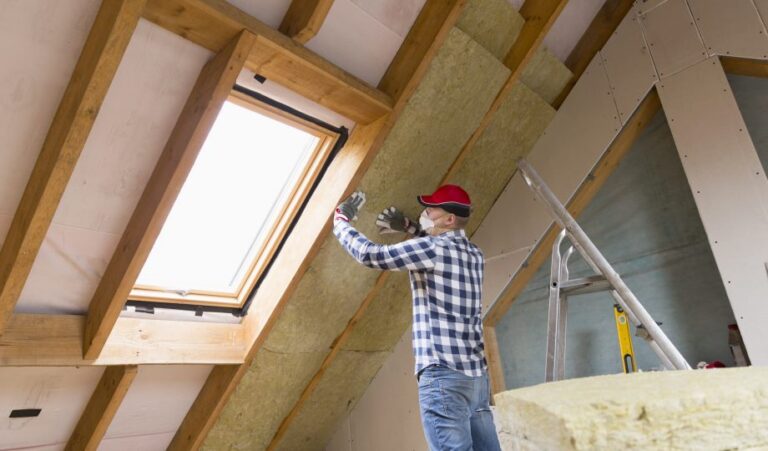Counting carbon in the classroom

As part of World Green Building Week, UKGBC held an event at Biddenham School in Bedford with Net Zero Buildings to showcase their three innovative and thought-provoking A+ rated buildings.
Modern construction projects often focus solely on the bottom line; the capital expenditure of erecting the building. The operational costs, carbon cost, work environment and the legacy of a project can become abstract concepts when delivering a project at design stage. Net Zero Buildings claimed that they can deliver a project that uses all the benefits of modern building techniques and sustainable generation technology to create a school building that is green, cheap to operate and at a cost competitive with a traditional build project.
As a mechanical building services engineer and CIBSE Low Carbon Consultant, I was interested to see how Net Zero Buildings achieve their impressive results. Banyards, the company I work for, has developed an excellent MEP (Mechanical, Electrical and Plumbing) design portfolio in the education sector over the past few years. As a company Banyards are keen to build on our excellent reputation for designing highly practical and efficient school buildings whilst keeping provision of outstanding learning environments for students at the forefront.
The most valuable part of my visit to Biddenham School was meeting the teachers and pupils and hearing their thoughts about their brand-new building. The passion with which students Fizan and Matilda, year 9, spoke was inspiring. They made it clear that we cannot wait for their generation to fix things, and we must conquer the global environmental crisis now before it is too late. As an industry we are encouraged to promote passive design in buildings, lowering the energy demands of the building. However, Net Zero Buildings have created an active design that is hard to miss. Smaller windows reduce heat losses but also increase the need for the specialist low-energy LED lighting, mechanical ventilation with heat recovery is used instead of natural ventilation and the large solar array on the roof is not only prominent but the central feature of the design. This has placed sustainability firmly in the discourse of the school and made it part of the shared values of the students, staff and the wider school community. Perhaps Net Zero Building’s most valuable product is the inspired students who are educated with some of the greatest challenges in sustainability facing the world today firmly in their minds eye.
There is much to learn and focus on for the wider construction industry and for government policy. At Banyards, I have been involved in developing our company BIM (Building Information Model) protocols. BIM must be advanced as a communications and data sharing platform in construction projects so that the whole industry can have a streamlined workflow, speeding up delivery times on projects and reducing costly time on site.
The event brought into focus the importance of constructing an airtight building, which is a key component in Net Zero’s system. Other northern European countries such as Denmark have built to higher Air Permeability standards than here in the UK for years; our efficient heating systems are often undermined by poor construction.
Finally, although the cost of micro renewables such as solar panels has dropped significantly in recent years, the government must continue to subsidise costs if we are to reduce the carbon emissions of the built environment. To meet our 2050 targets on emissions in the UK, we must reduce the carbon emissions of the built environment. However, 80% of the buildings we will live and work in in 2050 have already been built and we can do relatively little to change and improve them. It is crucial to make every new building design exceptional to compensate for the old. Cheap micro-renewables are a vital part of achieving this. The government cuts to the solar industry subsidies has hurt construction costs already and this decision must be reversed. We cannot count on a few well-meaning companies and individuals to carry the entire industry into a sustainable future.
Related
Storms, climate change and how we make our cities resilient

Sustainable Construction for the Sustainable Development Goals

Fixing the Competency Gap: Moving Beyond Qualifications in Domestic Retrofit

UKGBC Members visit Coal House in Cardiff

